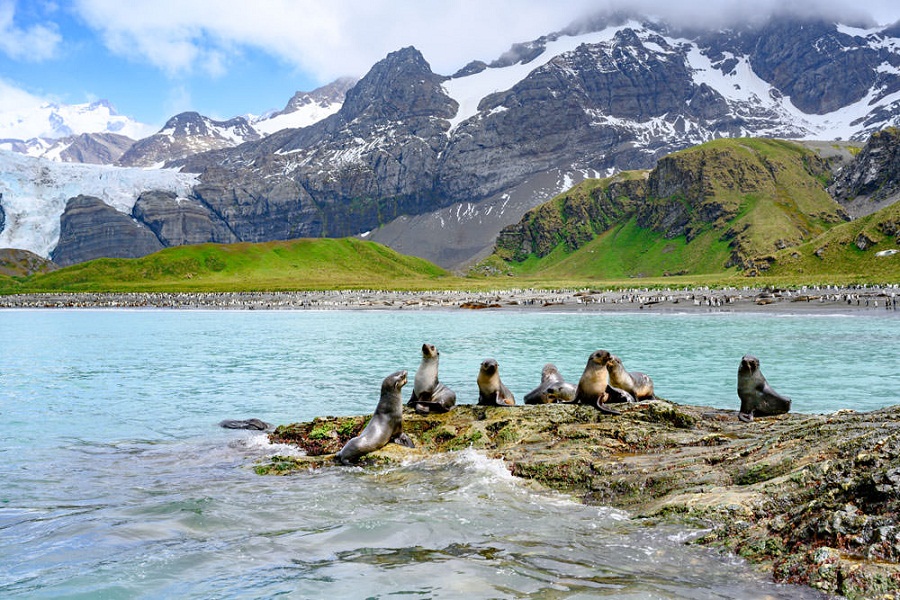
Published :
Updated :

South Georgia, a rugged island in the sub-Antarctic, offers a glimpse into a haunting past and a thriving present. This remote British overseas territory, battered by wind and glaciers, is a vital habitat for wildlife but bears the scars of a bygone era – large-scale whaling.
The island's isolation, once a barrier to human presence, became an opportunity for exploitation in the 18th century. Sealers hunted fur seals nearly to extinction, followed by the brutal whaling industry in the early 20th century.
Grytviken, a harbour named for the try-pots left behind by earlier sealers, became a centre for whaling, processing over 175,000 whales between 1904 and 1965.
Abandoned buildings, whale bones, and rusting machinery depict a ruthless past. The island's human population is a mere 15-30, primarily scientists and officials.
However, South Georgia boasts a remarkable comeback story. Designated a marine protected area in 2012, the island has seen a resurgence in wildlife populations.
Seals, once hunted to near-oblivion, have rebounded. The island is home to nearly all the world's Antarctic fur seals and half of its elephant seals. Millions of breeding pairs of seabirds, including penguins and albatrosses, thrive here.
A successful rodent eradication program promises further ecological restoration. South Georgia's story is a complex one, marked by human greed and nature's resilience. The island's stark beauty reminds us of the consequences of unchecked exploitation and the ongoing fight for conservation.


 For all latest news, follow The Financial Express Google News channel.
For all latest news, follow The Financial Express Google News channel.